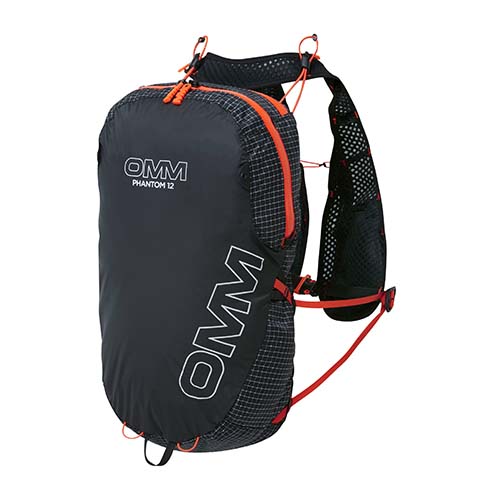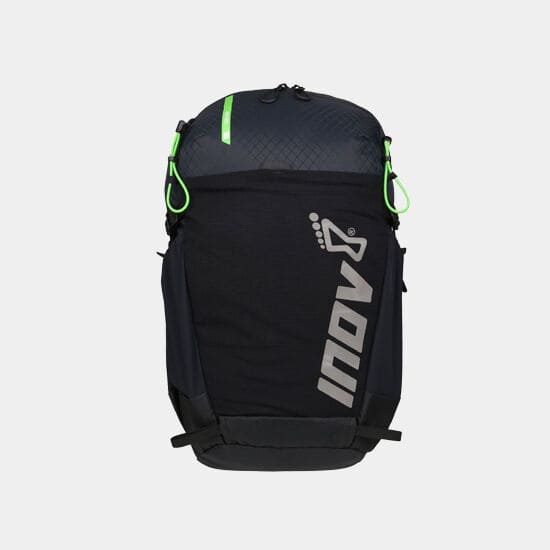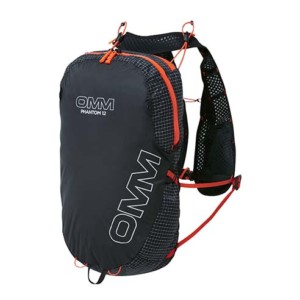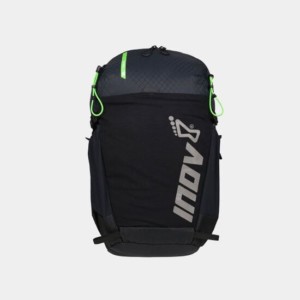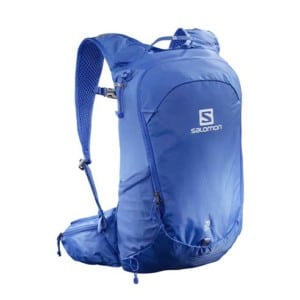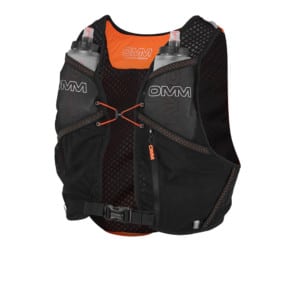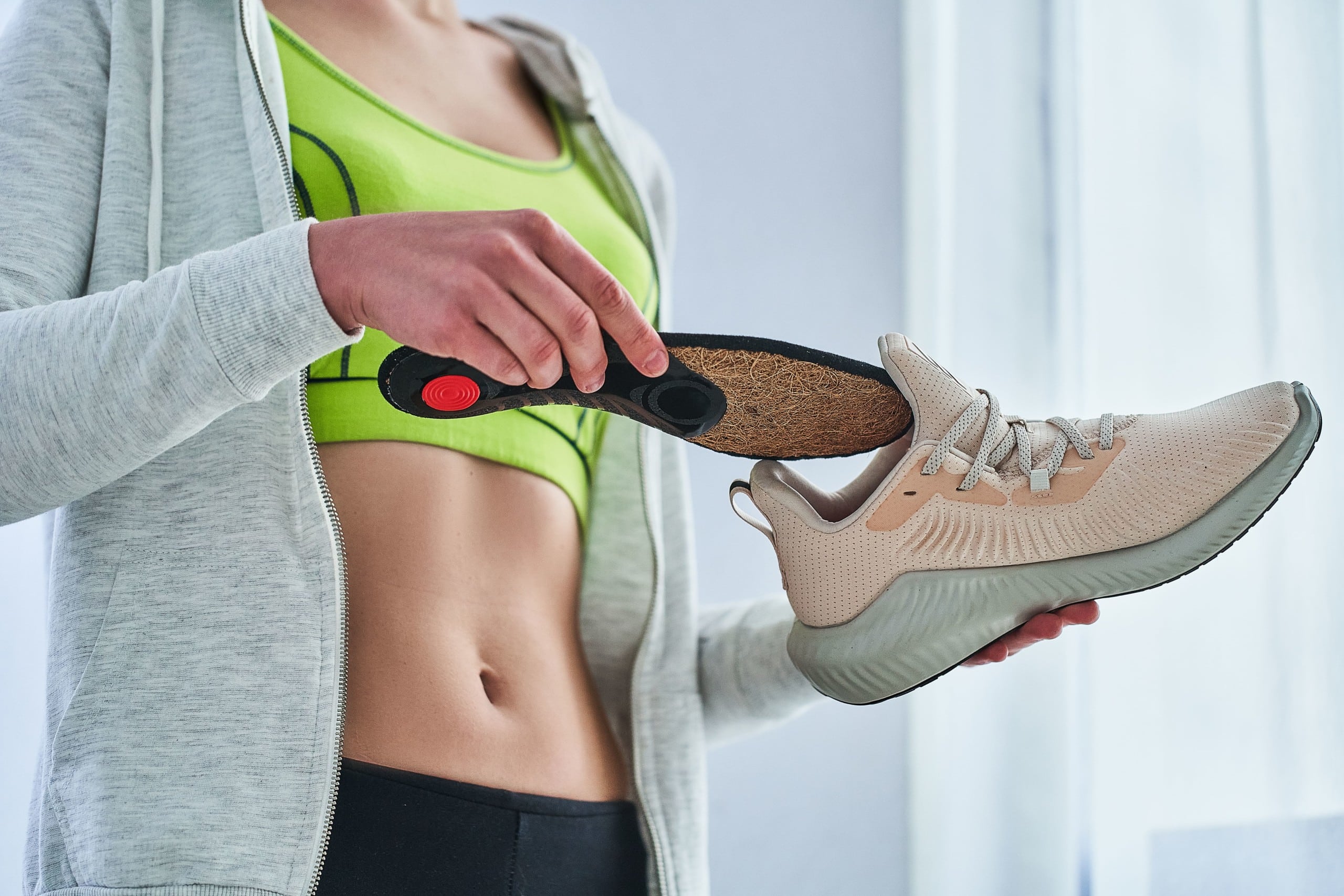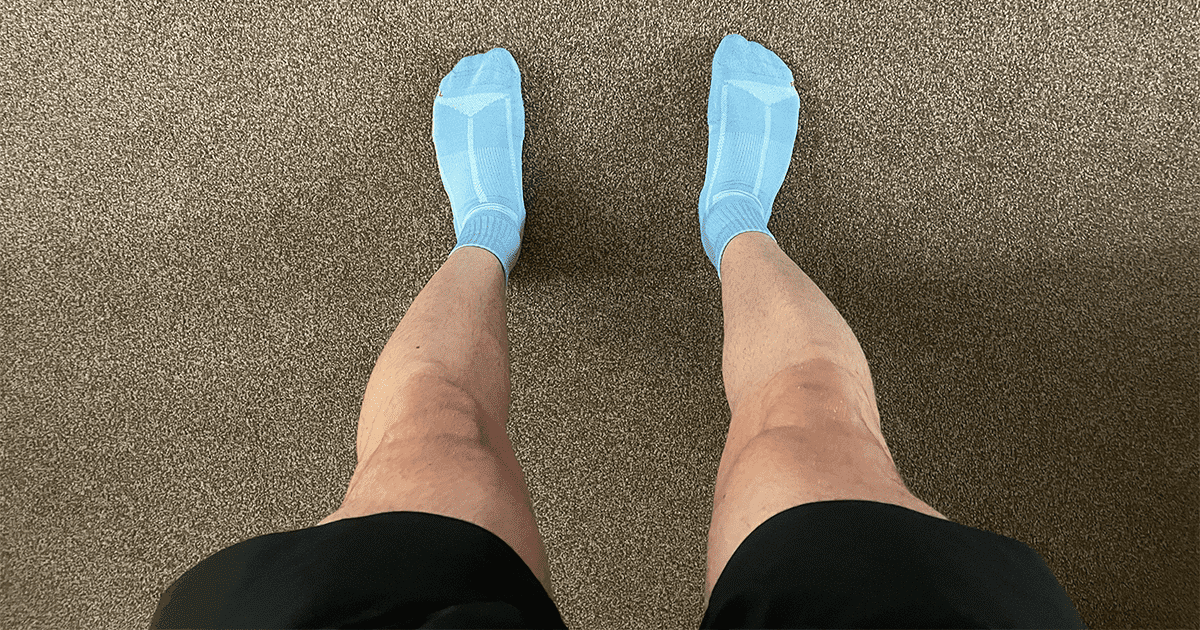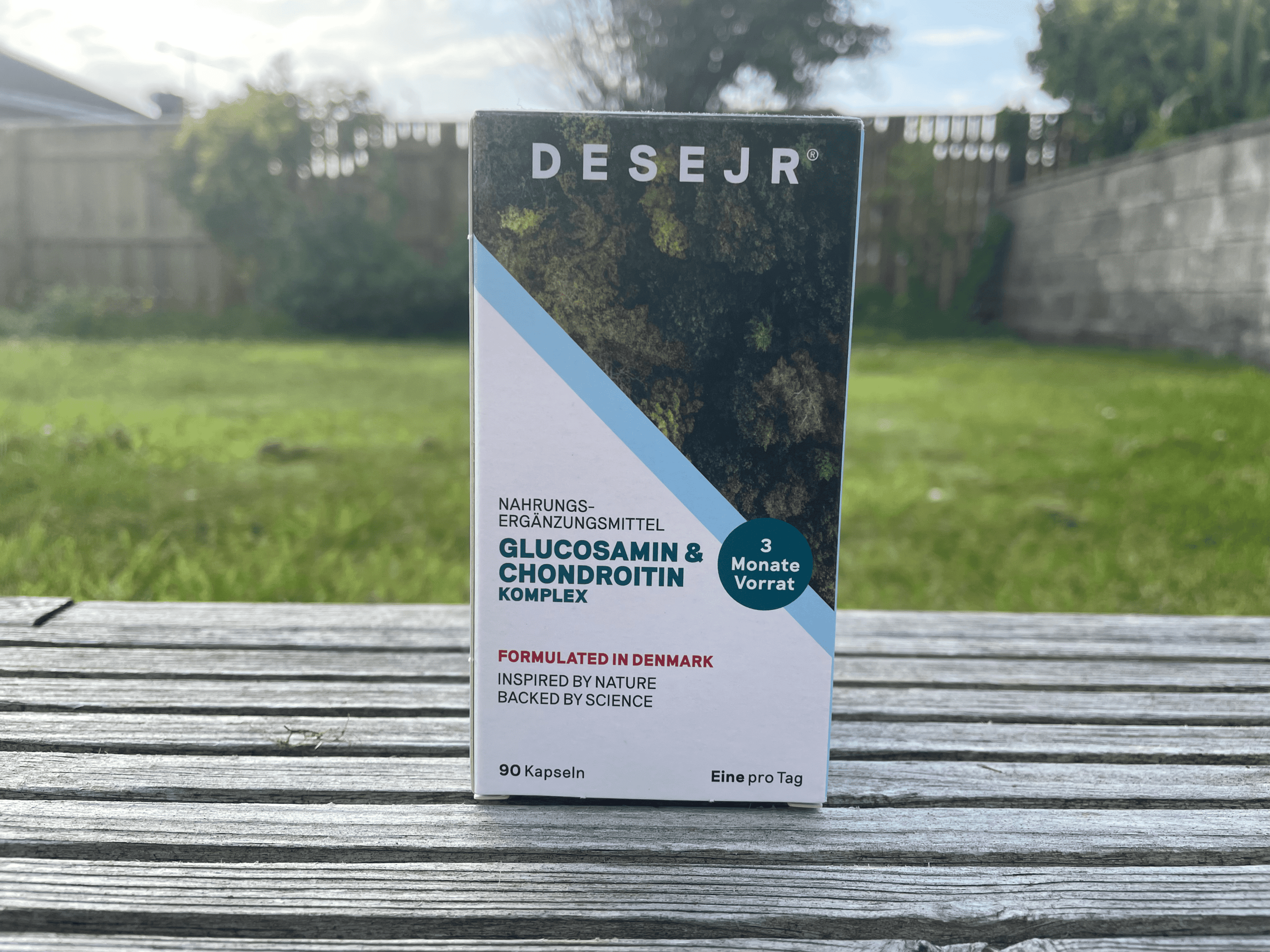The Best running backpacks
Make your run commute to work or trail run easier with these best running backpacks.
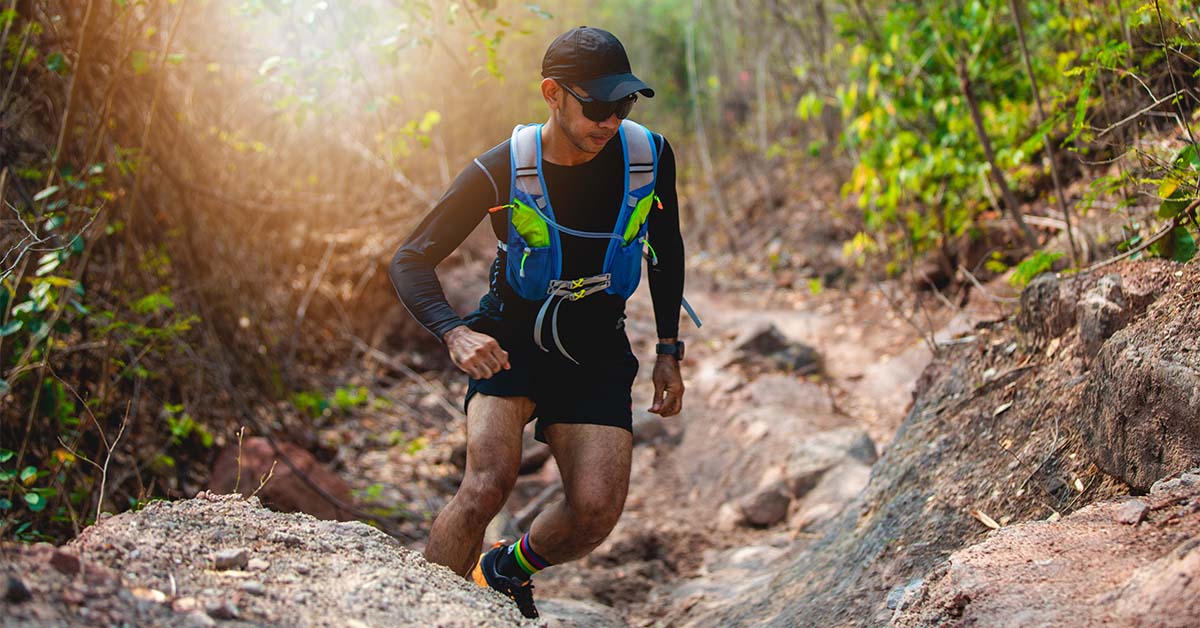
Finding the best running backpack can be difficult — there are a bunch of features to consider, and there is no one-size-fits-all running pack.
For example, if you run commute to work, then your choice of running backpack will be different to someone who intends to hit up the trails or runs ultra-endurance events.
We know first-hand how overwhelming it can be to compare the best running backpacks from the top brands. And it’s even more confusing trying to decide what features you *actually need* whether that’s waist straps, a main compartment to carry poles, or somewhere to stash wet gear.
So we’ve done the hard work for you — here are the 5 best running backpacks from top brands.
sieve through the best running backpacks. So, we’ve highlighted five of the best running backpacks for all occasions, whether commuting, trail running, or ultra-running.
1. Omm Phantom 12 running backpack
Features:
- 7 point harness aligns with the spine for increased comfort
- 12-litre capacity
- No-bounce design
Pros:
- Lightweight (250g)
- Convenient mesh back pockets for easy access
- Reflective details increase visibility
Cons:
- Waist strap runs thin
- Most expensive on our list
The OMM Phantom 12 is the best running backpack for commuting on our list — it’s lightweight and provides plenty of storage space.
You benefit from a harness for increased comfort, comprised of additional chest straps, waist straps, and comfortable shoulder straps to reduce bouncing. That also means less chafing.
The waist strap does run thin, however. But this shouldn’t be too big of a problem.
2. Inov-8 VENTURELITE 18
Key features:
- Air release back panels for increased breathability and comfort
- 18-litre capacity
- Chests straps and secure fit
Pros:
- Hydration compatible (2-litre reservoir compartment)
- Emergency whistle for added safety
- Stash and side pockets for easy access
Cons:
- May be a little “over the top” for commuting to work
The VENTURELITE 18 is one of the newer running packs from Inov-8, seemingly replacing the previous Adventurelite.
One of the best things about this pack is the air-release back panels for increased breathability. That means less sweat and more comfort.
The chest straps and adjustable ‘V-shaped webbing deliver a secure fit, not only keeping you dry but help prevent chafing and other discomforts.
Although it weighs more than 2x as much as the OMM pack above, it’s still lightweight and a great contender for that number 1 spot.
You also benefit from the 2-litre reservoir compartment — allowing you to drink on the go.
It’s also a good commuting backpack. While it may be better for trail running, the breathability and ample storage space make it great for those run commuting to work.
The 18-litre capacity is also welcomed — enough to carry poles and other running essentials, but also plenty of space for your daily commute kit.
3. Salomon trailblazer 20l running backpack
Key features:
- 20-litre capacity
- Laptop sleeve for commuters
- Two mesh side pockets & other external pockets
Pros:
- Choice of three colours
- Secure fit with harness
- Hydration pack compatible
Cons:
- The quality of the zip could be better
Looking for the best trail running backpack? Let us introduce you to the Salomon trailblazer 20-litre pack.
With 8 more litres than the Phantom 12 and 2 more than the VENTURELITE 18, the trailblazer 20 is ideal for those carrying a lot of kit, carrying water, a jacket, an extra pair of shoes, snacks, or a change of clothes.
As well as trail running, it’s also a good option for commuting – there is a laptop sleeve and plenty of storage for all your gear.
And if that’s not good enough, the pack is also compatible with hydration sleeves, allowing you to stay focused on your run without stopping to refuel.
It’s difficult to find a flaw with the Trailblazer, but the quality of the zip could be a little better.
4. OMM running vest
Key features:
- Store 4 + water bottles
- Water-resistant design keeps your kit dry
- Performance fit for added comfort
Pros:
- Ideal for ultra-distance racing
- 7 easy-access pockets for gels, snacks & other essentials
- Hydration system compatible
Cons:
- Expensive
- Not an actual running backpack
While it’s not exactly a proper running backpack, you can’t go wrong with a hydration pack.
Another product from OMM, this hydration vest is designed for ultra-distance racing.
There are seven easy-access pockets for gels and snacks, you can store 4+ water bottles. The water resistant design keeps you focused on your run without soaking your kit.
You’ll struggle to carry other items and clothing, but if you’re looking for a reliable piece of kit for marathon training, ultra marathons, or ultra races, you’ll struggle to go wrong with this piece of kit.
5. Osprey Daylite plus 20l
Key features:
- External hydration access
- Front panel pocket is excellent for storing a waterproof jacket and other layers
- Hip belt, strap and sturdy harness design
Pros:
- Wide choice of colours
- The hip belt is removable
Cons:
- Not intended for running
- Heavier than other options (585g)
- No padded laptop sleeve
Finally, we have the Osprey running backpack Daylite Plus – a backpack for those who don’t want the look of a proper “running backpack.”
With a 20-litre capacity, just like the Salomon Trailblazer, there’s plenty of room to store your work kit and other belongings if commuting.
Despite this, this backpack is better suited for everyday use, hiking, and the occasional run commute to work.
There is also no laptop sleeve which may be a deal-breaker for you.
For more information on the Osprey Daylite, we recommend checking out a full review by Adventure Pending.
Why do runners wear backpacks?
If you’re commuting to work, then you may wear a running backpack to carry your work gear, an extra set of clothes, and other essentials to clean up at the office.
On the other hand, if you’re off on a long trail run on the weekend, then a pack would be a good idea to carry extra fluids, running gels, emergency supplies, a running jacket, and other essentials.
The options are endless, but one thing is clear – a running backpack is a convenient piece of kit every runner should own.
A simple guide to help you find the best running backpack:
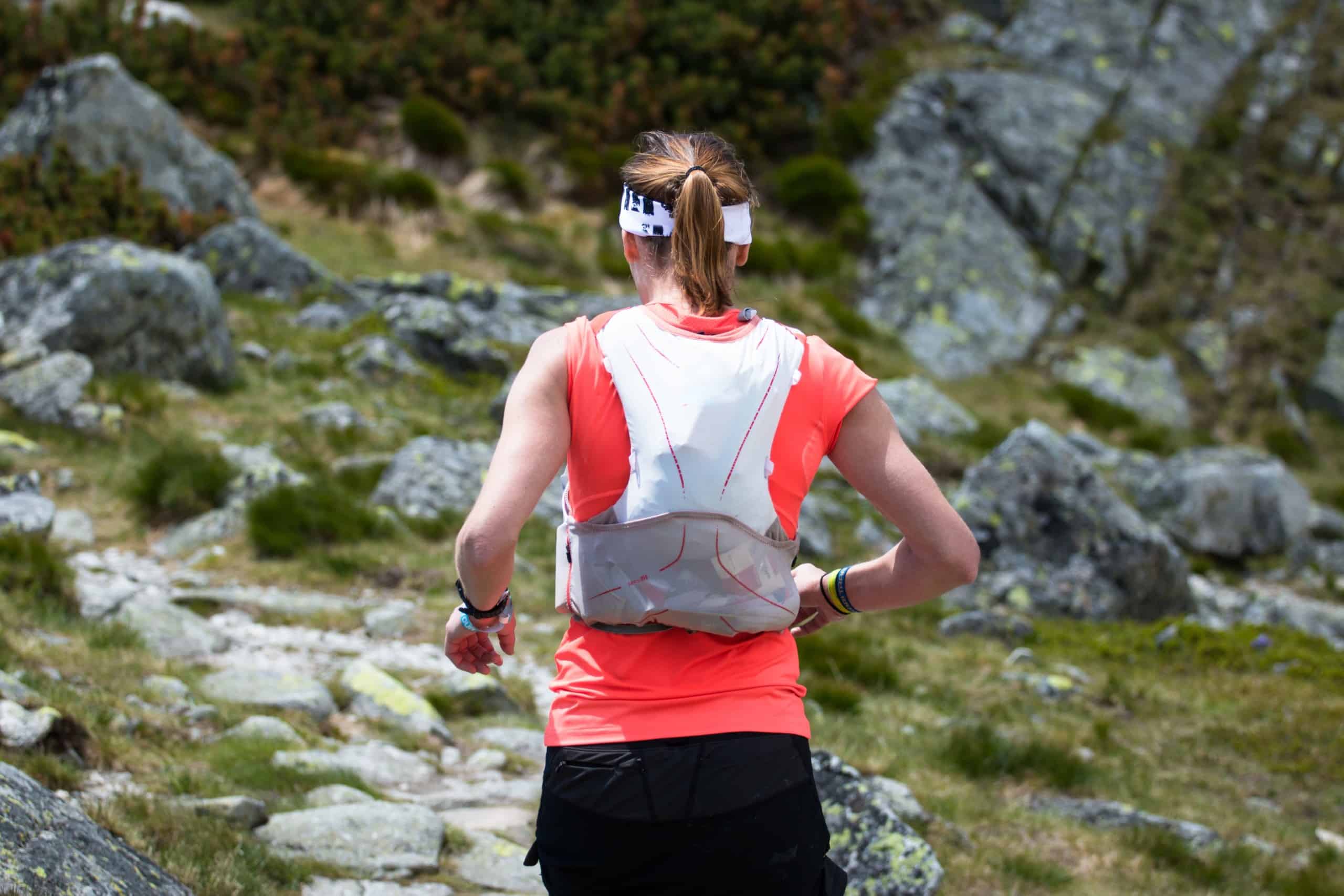
With so many options of running backpacks out there, it can be difficult to find the best one for you.
You may find yourself in a state of analysis paralysis, but don’t worry – we’re here to help.
There are three main factors to consider when shopping for the best running backpacks:
- Size
- Budget
- Choice of materials
- Purpose
1. Size
The capacity of a backpack is measured in litres. The most common size is usually anywhere from 5 to 20-litres.
Often, external straps are implemented into the design of the bag to increase comfort, compressing the contents of the bag and providing a secure fit.
How many litres you choose is dependant on your intended use. For example, are you looking the best running backpack for commuting, trail running, or something on the smaller side to carry a few extra essentials?
If you are commuting to work, you’ll likely need a bigger pack. This provides you more space to store work items alongside extra clothes and kit, not to mention shower amenities.
If you’re just looking for something to carry a few extra running gels and extra fluids, then a running vest is likely a better option – we’ve included one on our list.
2. Budget
A key factor when choosing a backpack for running is your budget.
Generally, as with most things: you get what you pay for. The more expensive the bag, typically, the higher the quality and the more comfortable it will be to wear.
But, you don’t have to fork out big bucks to find a suitable running backpack for you.
There are plenty of options out there around the £30 – £80 mark – great if you’re not a daily commuter.
If you’re looking for a commuter backpack, perhaps one you’d also take on the trails and fells, then spending a little more is a good idea.
This will make it last-longer, it’ll be more comfortable, and you’re sure to get your money’s worth.
3. Choice of material
You’re also going to want to pay close attention to the materials used to make the pack.
Some materials are more water resistant, others completely waterproof, while others are focused exclusively on comfort and fit.
If you’re going to be running in all weather conditions, it would make sense to choose a completely waterproof design.
And if you don’t intend on running in the rain, then find one with comfortable shoulder straps (and other straps) for a better fit and more comfort.
4. Purpose
Finally, we have purpose.
If you’re looking for a backpack for a one-off run, then your best off picking up any old backpack from your local sports direct.
However, if you’re looking for one with a little more longevity, maybe for commuting to work and hitting up the local trails on the weekend, then you should invest in a specialist one from one of the top brands, such as OMM or Inov-8.
What are the top running backpack brands?
When it comes to running backpacks, there are a few brands that dominate the marketplace, including OMM, Inov-8 and Salomon.
We’re constantly seeing new backpack innovations from new brands, too – so we keep this list updated.
The verdict
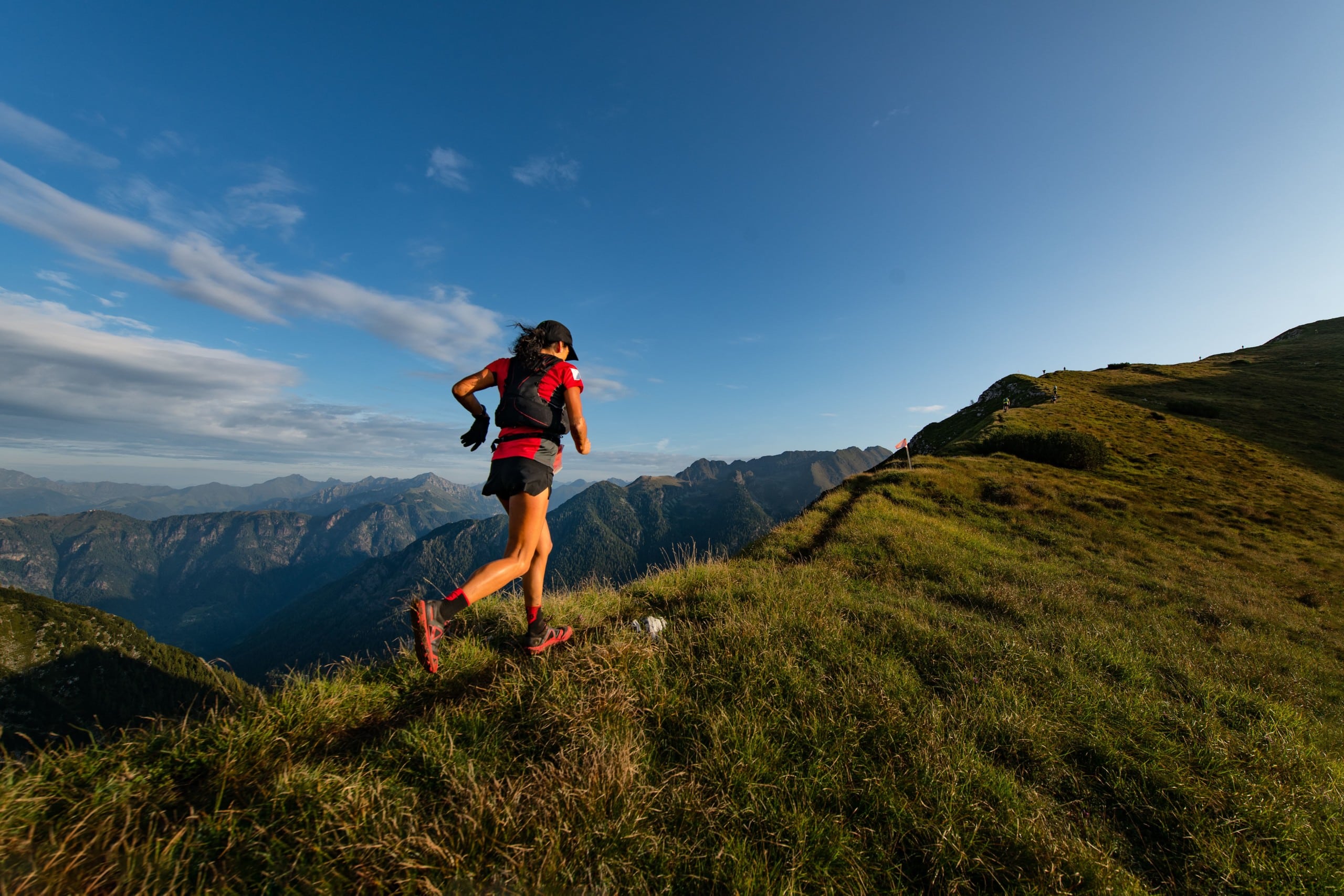
Finding the best running backpack is like finding the best running shoe – there is no one-size-fits-all option.
While one runner may be looking for a backpack perfect for commuting, another may be after one for trail running or ultra-endurance racing.
But, we can use the three key requirements: size, budget, choice of materials, and purpose to inform your decision.
Take these into account to find the very best running backpack for you, whether you’re looking for a daily commuter or a once-in-a-blue-moon backpack for hitting up the local fells.
Whatever running backpack you choose, we’re sure you’ll make the right choice.
Remember to regularly clean your backpack of any spilt liquids, gels, or food contents to keep it clean and lightweight.
We will now leave you with a backpack FAQ, answering some regularly asked questions when it comes to running backpacks.
Frequently asked questions
What is the best running backpack for commuting?
This is ultimately down to personal preference. However, we recommend a backpack which utilises a no-bounce design, providing enhanced comfort to and from work.
Is it okay to run with a backpack?
Yes! However, if you do choose to run with a backpack we recommend investing in a specialized running one. These are often more lightweight and increase both comfort and support when running.
Why do runners wear backpacks?
Runners wear backpacks for a variety of reasons, however, mainly to carry more gear such as extra fluid, running gels, or valuables when running. Others wear backpacks to carry a change of clothes and other essentials when commuting to and from work.

Matthew is a lifelong runner, chief tester of all products, the founder of Running101, and freelance content writer for active brands. When he’s not writing, he enjoys lifting weights, cycling in the Lake District, and watching fast cars drive in circles on a Sunday. He also has a BA in sport, exercise and physical activity from the University of Durham.

